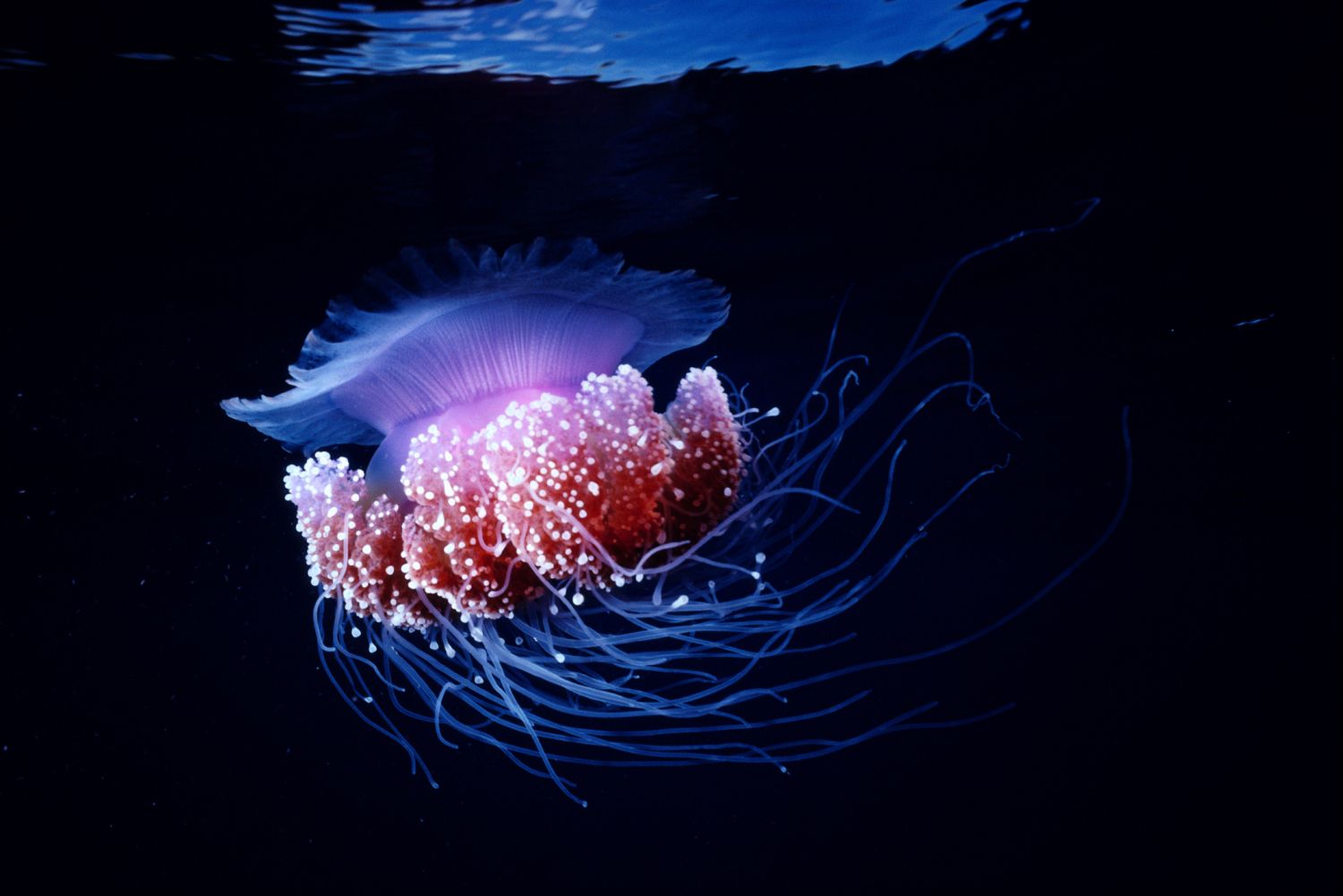
Bioluminescence is nature's glow-in-the-dark magic trick. Ever wondered why some creatures light up like tiny underwater lanterns? Bioluminescence is the answer. This natural phenomenon occurs when living organisms produce light through chemical reactions within their bodies. From the deep-sea anglerfish to the humble firefly, many creatures use this glow for various reasons. Some use it to attract mates, others to lure prey, and a few to scare off predators. Imagine walking along a beach at night and seeing the waves sparkle with blue light—bioluminescent plankton at work! This glowing marvel isn't just limited to the ocean; some fungi and insects also shine bright. Ready to dive into the world of bioluminescence? Let's illuminate the facts!
What is Bioluminescence?
Bioluminescence is the production and emission of light by living organisms. This fascinating phenomenon occurs in various creatures, from deep-sea fish to fungi. Here are some intriguing facts about bioluminescence.
-
Bioluminescence is a chemical reaction. It involves a light-emitting molecule called luciferin and an enzyme called luciferase. When these two substances interact, light is produced.
-
Most bioluminescent organisms live in the ocean. Approximately 90% of deep-sea creatures can produce light. This adaptation helps them survive in the dark depths.
-
Fireflies are the most well-known bioluminescent land creatures. Their glowing abdomens are used to attract mates and communicate.
-
Some fungi glow in the dark. Known as "foxfire," this bioluminescence is thought to attract insects that help spread fungal spores.
-
Bioluminescence can be used for camouflage. Some animals, like the Hawaiian bobtail squid, use light to blend in with their surroundings and avoid predators.
How Do Animals Use Bioluminescence?
Bioluminescence serves various purposes in the animal kingdom. From attracting mates to deterring predators, these glowing creatures have evolved to use light in fascinating ways.
-
Attracting mates. Fireflies flash their lights in specific patterns to attract potential partners.
-
Luring prey. Anglerfish use a bioluminescent lure to attract smaller fish, which they then capture and eat.
-
Deterring predators. Some species of squid release a cloud of bioluminescent ink to confuse and escape from predators.
-
Communication. Certain marine organisms use light signals to communicate with each other, especially in the dark ocean depths.
-
Mimicry. Some animals, like the cookie-cutter shark, use bioluminescence to mimic the appearance of smaller, less threatening creatures.
Bioluminescence in Science and Medicine
Bioluminescence isn't just a natural wonder; it has practical applications in science and medicine. Researchers have harnessed this glowing phenomenon for various purposes.
-
Medical imaging. Scientists use bioluminescent markers to track cells and molecules in medical research.
-
Environmental monitoring. Bioluminescent bacteria can detect pollutants in water, providing a natural way to monitor environmental health.
-
Genetic research. Researchers use bioluminescent genes to study gene expression and regulation in various organisms.
-
Cancer research. Bioluminescent markers help scientists study tumor growth and the effectiveness of cancer treatments.
-
Drug development. Bioluminescence assays are used to screen potential new drugs for effectiveness and safety.
Unique Bioluminescent Creatures
The world is full of unique bioluminescent creatures, each with its own way of producing light. Here are some of the most fascinating examples.
-
Dinoflagellates. These tiny marine organisms create stunning displays of glowing water when disturbed, often seen in bioluminescent bays.
-
Glowworms. Found in caves and forests, these insects use bioluminescence to attract prey to their sticky silk threads.
-
Vampire squid. This deep-sea creature uses bioluminescent displays to startle predators and escape.
-
Crystal jellyfish. Known for their beautiful blue glow, these jellyfish have been crucial in scientific research due to their bioluminescent proteins.
-
Railroad worms. These beetle larvae have glowing spots along their bodies, resembling a train's lights in the dark.
Bioluminescence in Popular Culture
Bioluminescence has captured human imagination for centuries, appearing in myths, literature, and modern media. Its enchanting glow continues to inspire awe and wonder.
-
Mythology. Ancient cultures often attributed bioluminescence to magical or supernatural forces.
-
Literature. Jules Verne's "Twenty Thousand Leagues Under the Sea" features bioluminescent creatures in its underwater adventures.
-
Movies. Films like "Avatar" showcase bioluminescent landscapes, highlighting the beauty of glowing ecosystems.
-
Art. Artists use bioluminescent themes to create mesmerizing works that capture the magic of natural light.
-
Tourism. Bioluminescent bays and beaches attract tourists who want to experience the glowing waters firsthand.
-
Fashion. Designers have experimented with bioluminescent materials to create glowing clothing and accessories.
The Glow of Nature
Bioluminescence is one of nature's coolest tricks. From fireflies lighting up summer nights to deep-sea creatures glowing in the dark, this phenomenon is both beautiful and practical. It helps animals find food, attract mates, and even scare off predators. Scientists are also finding ways to use bioluminescence in medicine and environmental monitoring.
Understanding bioluminescence gives us a glimpse into the wonders of the natural world. It shows how life adapts in amazing ways to survive and thrive. Next time you see a glowing jellyfish or a twinkling firefly, remember the fascinating science behind that light.
So, whether you're a science geek or just someone who loves nature, bioluminescence is a topic that never fails to amaze. Keep exploring, stay curious, and let the glow of nature inspire you.
Was this page helpful?
Our commitment to delivering trustworthy and engaging content is at the heart of what we do. Each fact on our site is contributed by real users like you, bringing a wealth of diverse insights and information. To ensure the highest standards of accuracy and reliability, our dedicated editors meticulously review each submission. This process guarantees that the facts we share are not only fascinating but also credible. Trust in our commitment to quality and authenticity as you explore and learn with us.


